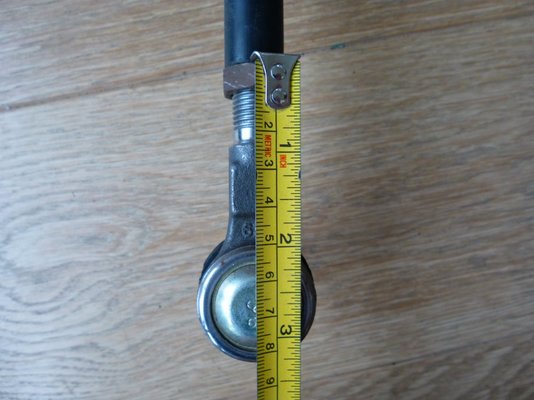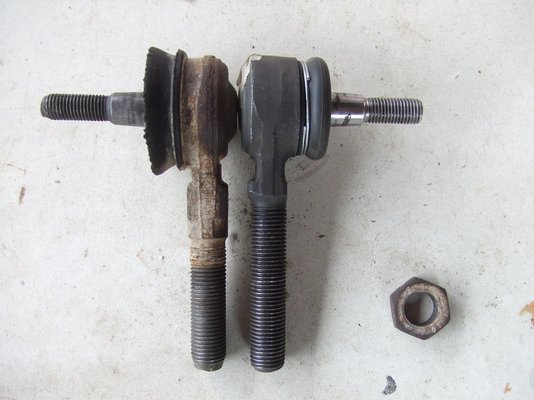mojobaby
Enthusiast
- Messages
- 1,320
About 3 months ago, my driveshafts on my GTL started making a racket so I ordered a new set from Oscaro in France. Great price and free delivery at that stage.
Then for some reason, the noise went away which made me very happy!
Yesterday the noise came back, even worse than before so I realised that I had to change them immediately.
It's the first time that I've done the job, but I was quite confident because of posts on this forum and also watching some Youtube videos helped a lot.
It took me the whole day to do just one side and that was because of those damn Nylock nuts on the ball joints. They caused the ball joint bolts to turn and turn even though I put a lot of pressure on them to stop them spinning.
I wondering if an impact wrench/drill would work better.
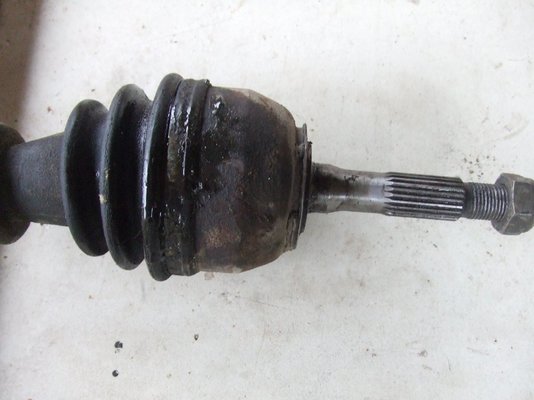
Eventually I had to cut the nut off the tie rod end. Lucky I had a spare which I had bought for my 850cc
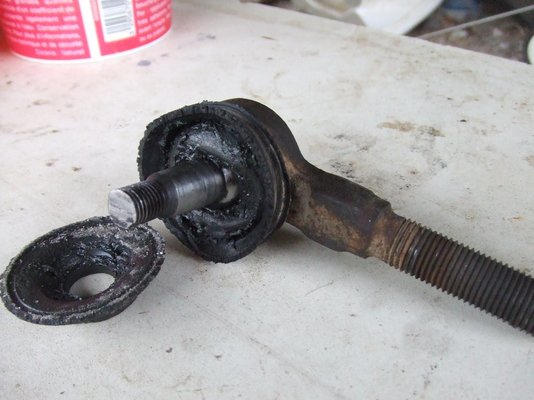
I even broke my special tool to remove ball joints and bought a more expensive one and better one because it has thinner arms which fit easier into the ball joint.
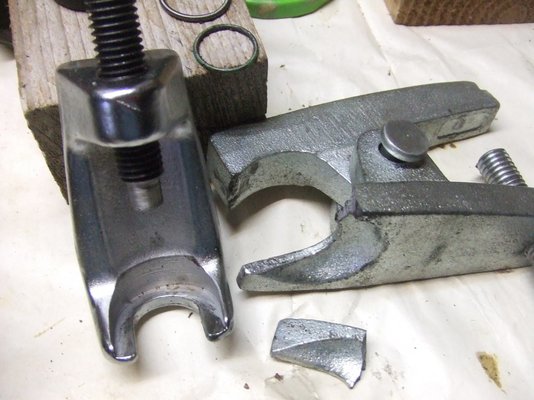
Then for some reason, the noise went away which made me very happy!
Yesterday the noise came back, even worse than before so I realised that I had to change them immediately.
It's the first time that I've done the job, but I was quite confident because of posts on this forum and also watching some Youtube videos helped a lot.
It took me the whole day to do just one side and that was because of those damn Nylock nuts on the ball joints. They caused the ball joint bolts to turn and turn even though I put a lot of pressure on them to stop them spinning.
I wondering if an impact wrench/drill would work better.

Eventually I had to cut the nut off the tie rod end. Lucky I had a spare which I had bought for my 850cc

I even broke my special tool to remove ball joints and bought a more expensive one and better one because it has thinner arms which fit easier into the ball joint.







